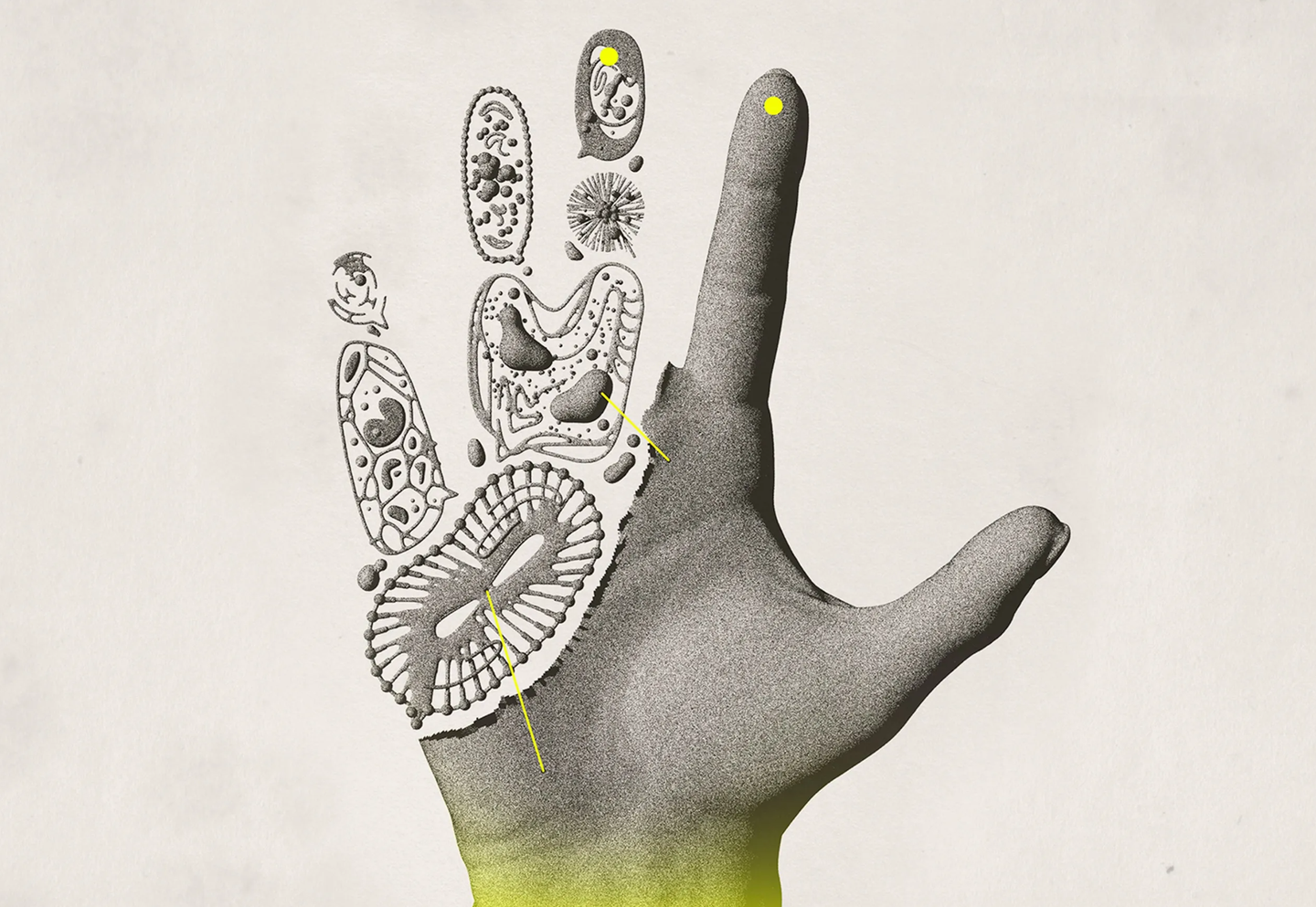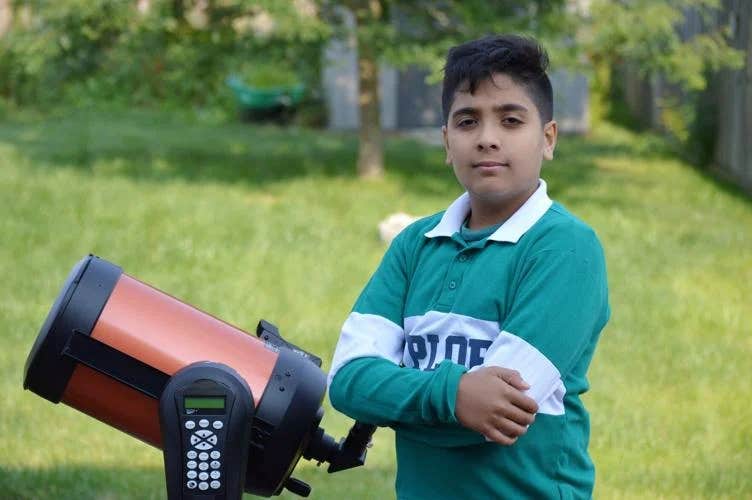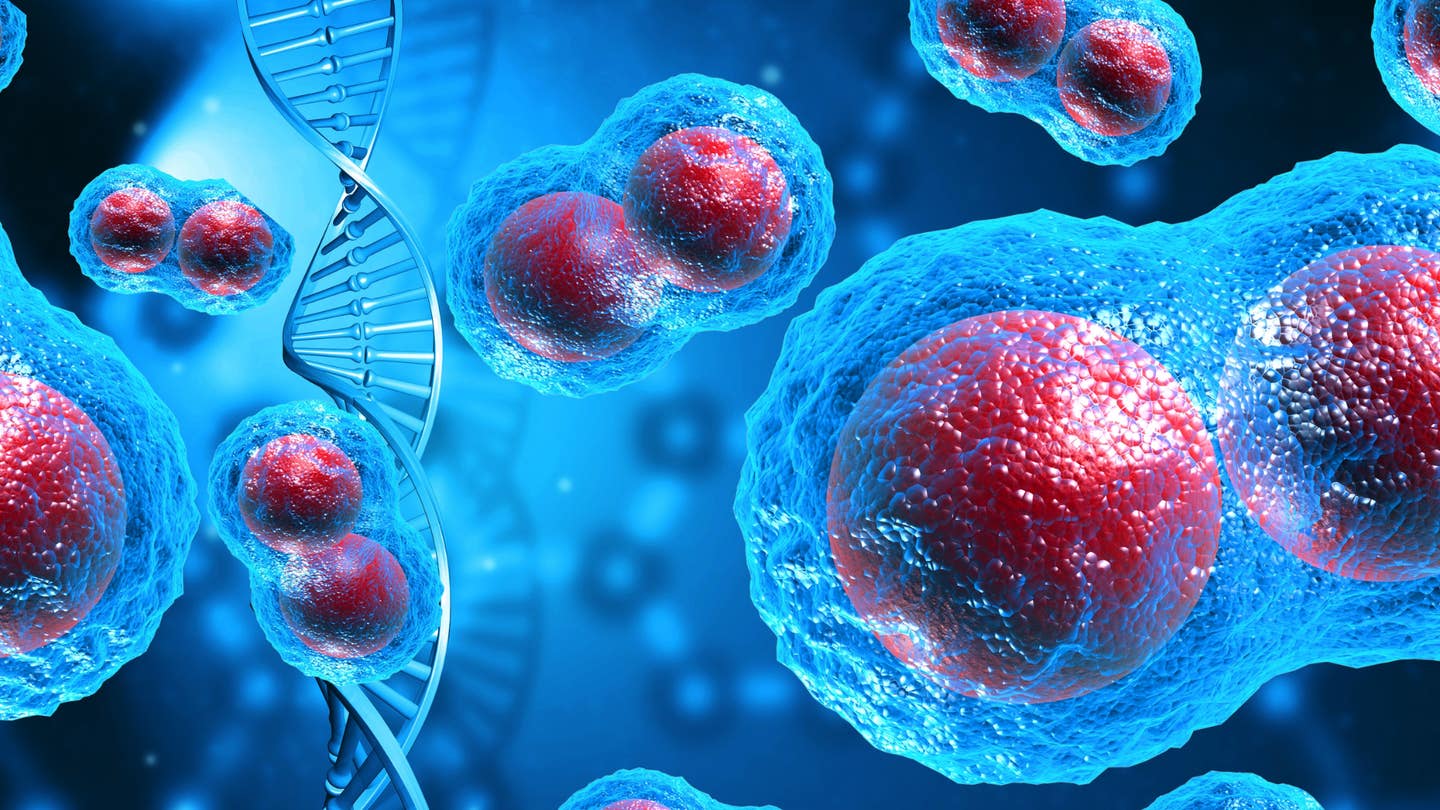Regeneration breakthrough: Researchers convert skin cells into limb cells
The findings promise insights into limb development and potential avenues for regenerative medicine.

The findings promise insights into limb development and potential avenues for regenerative medicine. (CREDIT: Khyati Trehan)
Researchers from Kyushu University and Harvard Medical School have collaborated on a study that has significant implications for limb regeneration therapies.
Published in Developmental Cell, the study focuses on reprogramming fibroblasts—common cells found in skin and connective tissue—into cells with properties akin to limb progenitor cells. The findings promise insights into limb development and potential avenues for regenerative medicine.
The need for such advancements is underscored by the global prevalence of limb loss, affecting around 60 million individuals worldwide. Causes range from medical conditions like tumors and infections to trauma from accidents and natural disasters.
Graphical Abstract. Direct reprogramming of non-limb fibroblasts to cells with properties of limb progenitors. (CREDIT: Developmental Cell)
While current solutions often involve synthetic materials and prostheses, researchers aim to explore regenerative therapies inspired by natural tissue development.
Dr. Yuji Atsuta, lead researcher on the project, highlights the importance of limb progenitor cells in embryonic limb development.
These cells give rise to various limb tissues such as bone, muscle, cartilage, and tendon. While obtaining such cells traditionally involves ethical concerns with human embryos or the complex process of induced pluripotent stem cells, Atsuta's team developed a method directly reprogramming fibroblast cells into limb progenitor cells.
This approach simplifies the process, reduces costs, and mitigates the risk of cancerous cell transformation associated with induced pluripotent stem cells.
Related Stories:
The study began with an analysis of gene expression in early limb buds of mice and chicken embryos. The team identified 18 genes, primarily transcription factors, highly expressed in these early limb buds.
By introducing these genes into fibroblasts from mouse embryos, they induced the cells to produce these proteins. Remarkably, the modified fibroblasts exhibited properties and gene expression similar to natural limb progenitor cells.
Further experiments pinpointed three essential protein factors—Prdm16, Zbtb16, and Lin28a—required to reprogram mouse fibroblasts into limb progenitor-like cells. Additionally, a fourth protein, Lin41, facilitated rapid growth and multiplication of the cultured limb progenitor cells.
Researchers detected three important proteins found in natural limb progenitor cells, marking the proteins in three different colors: white, magenta, and green. (CREDIT: Developmental Cell)
Importantly, the reprogrammed cells not only resembled natural limb progenitor cells in gene expression but also demonstrated similar developmental potential. Atsuta notes that the cells were capable of developing into specialized limb tissues both in laboratory settings and living organisms.
The in vivo experiments, where reprogrammed mouse cells were transplanted into chicken embryos' limb buds, were particularly challenging but demonstrated the cells' promising capabilities.
Identification of a minimal set of the reprogramming factors essential for imparting LPC-like properties on NonLFs. (CREDIT: Developmental Cell)
However, the use of lentiviruses in these experiments poses a risk of cancer due to gene insertion into the cells' genome. To address this concern, the researchers are exploring safer vectors like adeno-associated viruses or plasmids for future studies.
Looking ahead, Atsuta's team aims to extend their method to human cells for potential therapeutic applications. They also seek to apply the technique to snakes, whose ancestors had limbs lost during evolution.
Single-cell RNA-seq analyses reveal global transcriptomic similarity between the rLPCs and endogenous LPCs. (CREDIT: Developmental Cell)
Intriguingly, reprogrammed limb progenitor cells generated limb bud-like organoids in snakes, suggesting the possibility of regenerating limb tissues in species lacking them.
This exploration not only holds promise for future therapeutic interventions but also offers insights into developmental biology pathways through the study of limbless organisms like snakes.
For more science and technology stories check out our New Discoveries section at The Brighter Side of News.
Note: Materials provided above by The Brighter Side of News. Content may be edited for style and length.
Like these kind of feel good stories? Get the Brighter Side of News' newsletter.



